Not all garden heroes wear wings—or at least, not the kind you might expect. While many gardeners rely on classic pollinator favorites like lavender or coneflowers, there are plenty of less obvious plants that quietly work behind the scenes to bring in beneficial insects. From tiny parasitic wasps to hardworking hoverflies and ground beetles, these bugs help manage pests and keep your garden healthy—no pesticides required.
The secret is planting with diversity and surprise in mind. Some herbs, leafy vegetables, and flowering oddities do more than just fill space—they support a mini-ecosystem in your backyard. If you’re looking to build a garden that’s not only beautiful but self-regulating, these unexpected allies are well worth inviting in.
Dill
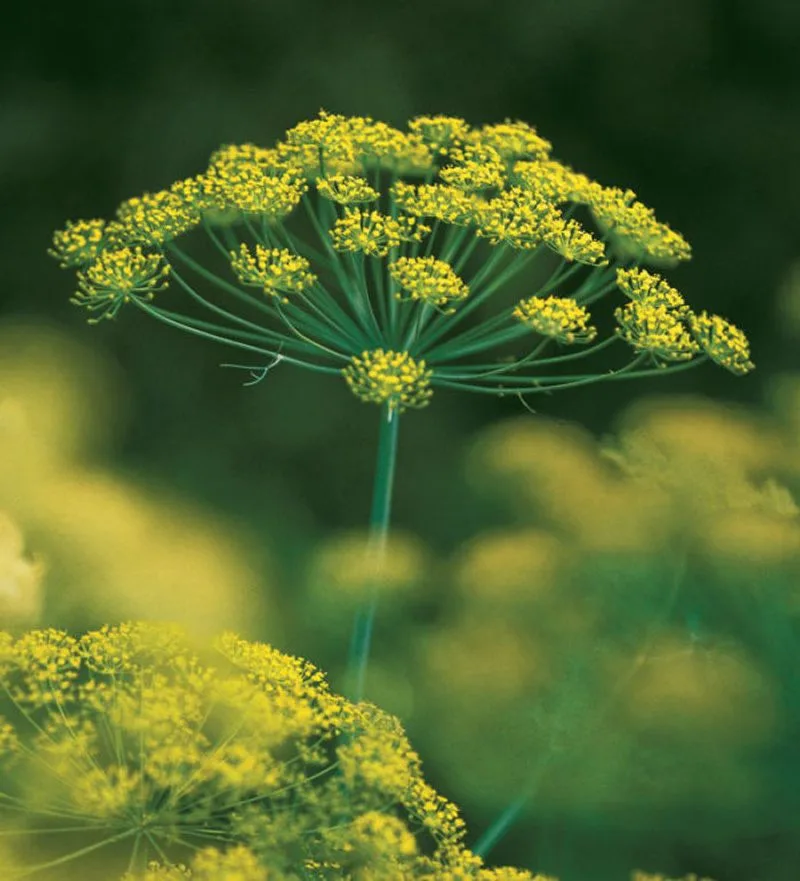
Often found in culinary dishes, dill is a powerhouse in the garden. Its feathery leaves aren’t just visually appealing; they attract a variety of beneficial insects like ladybugs and lacewings. These insects feast on common garden pests, helping to keep their populations in check. Dill’s flowers also allure butterflies, making it a magnet for pollinators, crucial for plant reproduction. The aroma of dill can deter pest insects, providing a dual purpose in the garden. This simple herb offers an aromatic addition and acts as a natural pest control solution.
Fennel
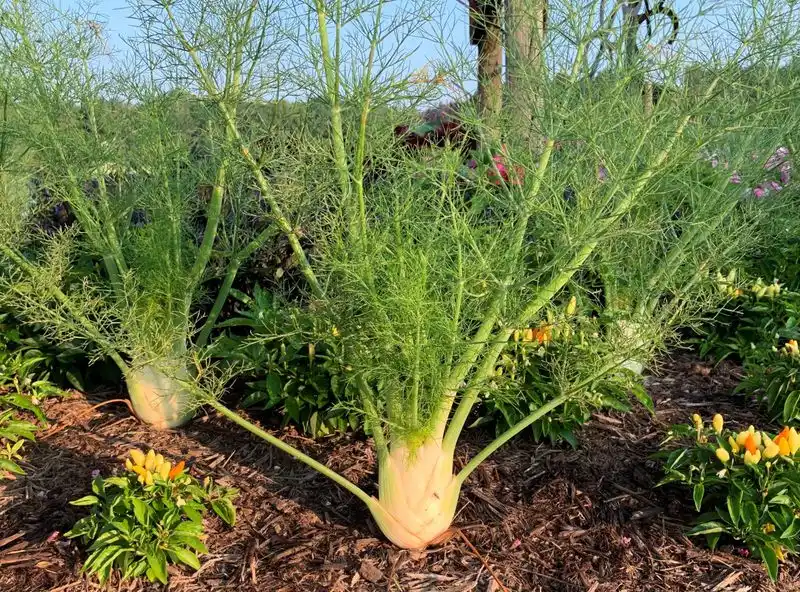
Standing tall with its yellow blooms, fennel is more than just a kitchen staple. It’s a favorite for black swallowtail caterpillars, which later develop into stunning butterflies. The plant’s strong fragrance can attract parasitic wasps, tiny allies in controlling aphid populations. Not only does fennel serve as a host plant, but its seeds are also a valuable food source for birds. This makes fennel a multifaceted addition to any garden, supporting various forms of wildlife while providing culinary benefits.
Yarrow

Yarrow, with its clusters of tiny flowers, is a favorite among many beneficial insects. Bees, ladybugs, and hoverflies are particularly drawn to its nectar-rich blooms. This plant’s ability to attract hoverflies is noteworthy, as their larvae help control aphid populations. Yarrow’s aromatic foliage can also play a role in deterring unwanted pests. Its resilience in various climates makes it a reliable choice for gardeners looking to enhance biodiversity. Yarrow not only beautifies the garden but also acts as a guardian against pest invasions.
Borage

Borage, with its striking blue flowers, is a magnet for bees. These pollinators play a crucial role in the health of a garden, transferring pollen and ensuring the growth of fruits and seeds. Borage also attracts predatory insects like lacewings and parasitic wasps, which are natural enemies of aphids and caterpillars. Its leaves, rich in minerals, can be composted to enrich garden soil. Borage’s multifunctional nature makes it an invaluable asset, fostering a healthy garden ecosystem with minimal effort.
Marigold
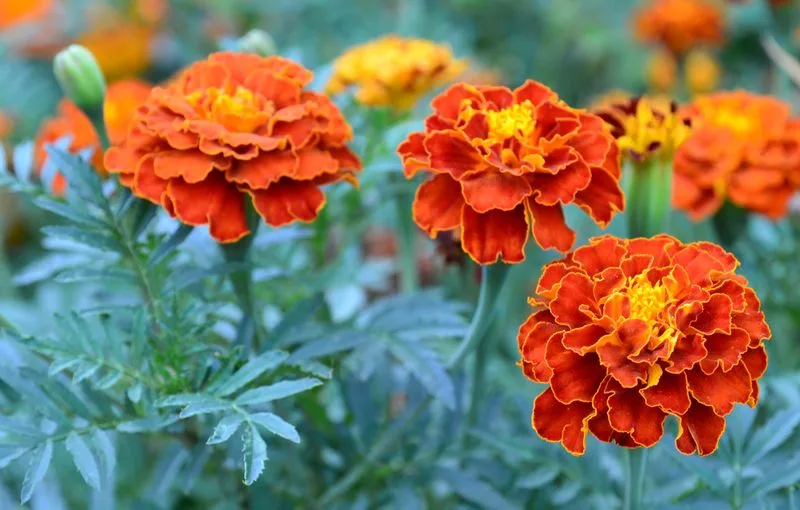
Marigolds are celebrated not only for their vibrant hues but also for their pest-repellent properties. The scent of marigolds can deter nematodes, tiny worms that can harm plant roots. Beyond repelling pests, they attract beneficial insects like ladybugs and hoverflies. These insects help maintain a balanced ecosystem by controlling aphid populations. Marigolds are easy to grow and can thrive in various soil conditions, making them a versatile choice for gardeners. Their combination of beauty and functionality is hard to beat.
Goldenrod
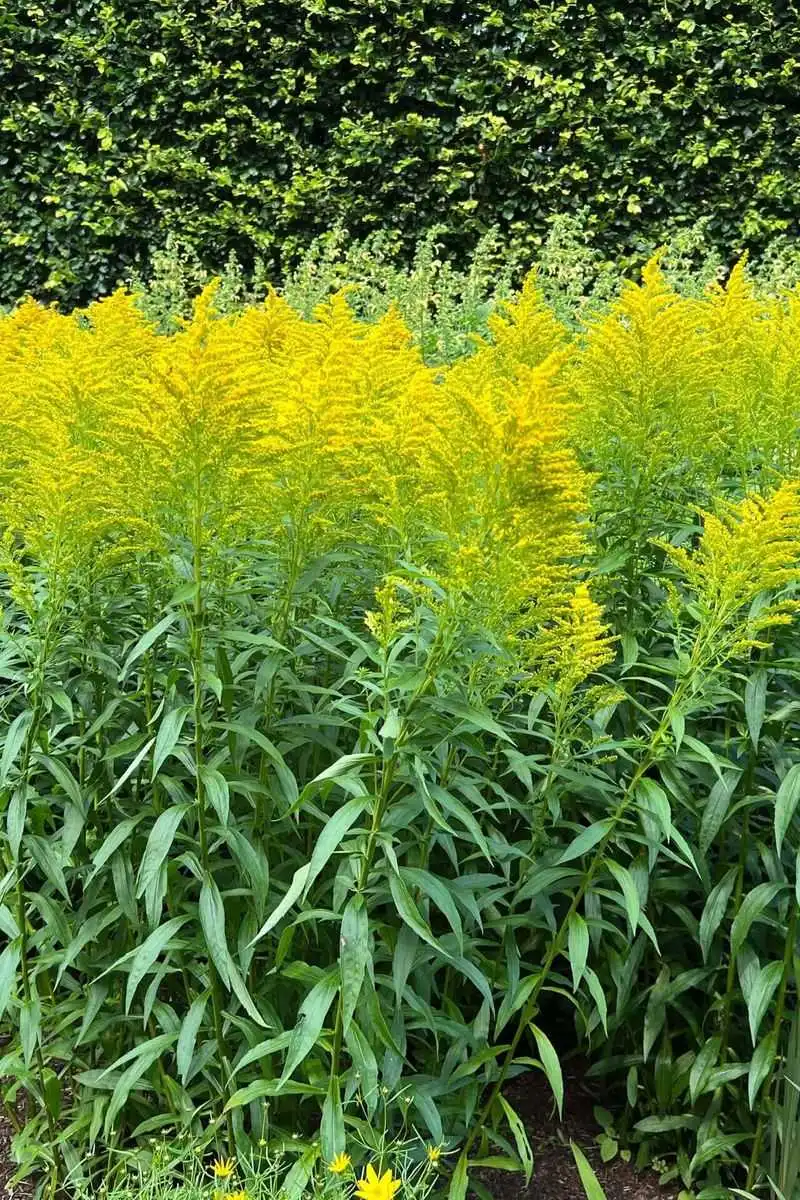
Goldenrod often receives unfair blame for hay fever, but it’s actually a powerhouse for attracting beneficial insects. Its bright yellow flowers are a beacon for bees and butterflies seeking nectar. The plant supports a variety of insects that prey on pests, such as parasitic wasps. Goldenrod can thrive in poor soil conditions, making it a hardy addition to any garden. Its ability to attract a diverse range of beneficial insects while adding a splash of color makes it a standout choice.
Lavender

Lavender is renowned for its soothing fragrance, but it also serves as a magnet for pollinators like bees and butterflies. Its oil-rich flowers can deter moths and other garden pests, providing a dual function. The aromatic leaves add an additional layer of pest protection. Lavender prefers well-drained soil and full sun, thriving in Mediterranean-like conditions. Its ability to attract beneficial insects while also serving as a pest deterrent makes lavender a must-have in any aromatic garden.
Sunflower
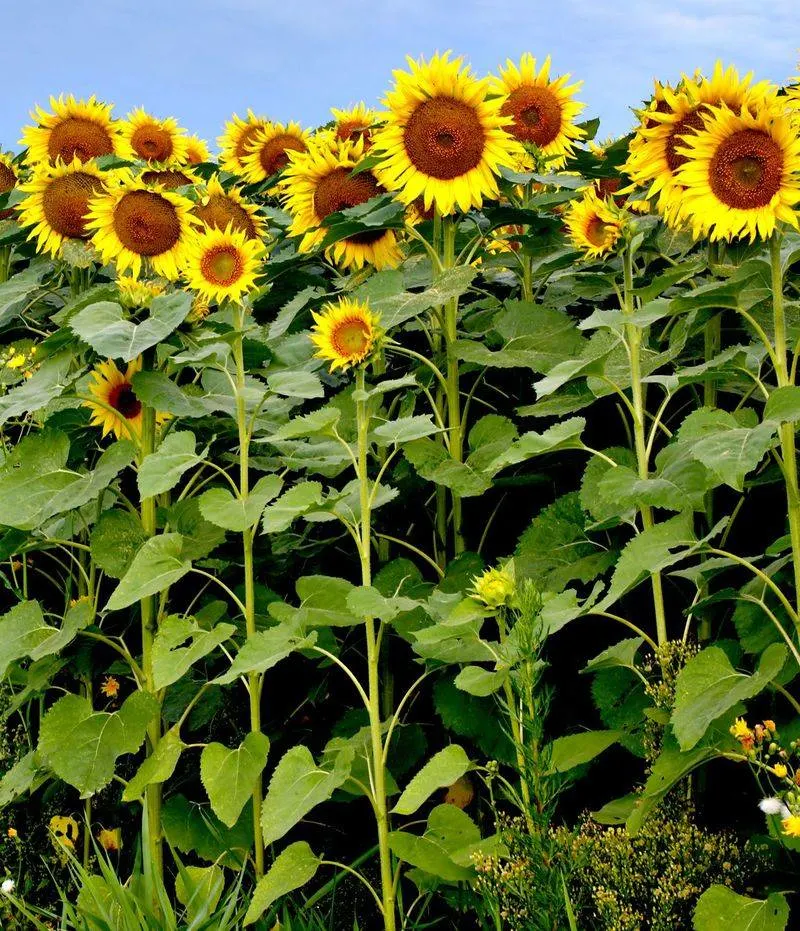
Sunflowers are more than just a cheerful sight in the garden; they play a vital role in attracting beneficial insects. Their tall, sturdy stalks offer a perfect perch for birds and insects alike. Sunflower seeds provide nourishment for birds, while their blooms attract bees and butterflies. These pollinators are essential for the fertilization of plants. Sunflowers can also act as natural pest deterrents by drawing harmful insects away from other plants. This makes them a strategic addition to any garden space.
Alyssum
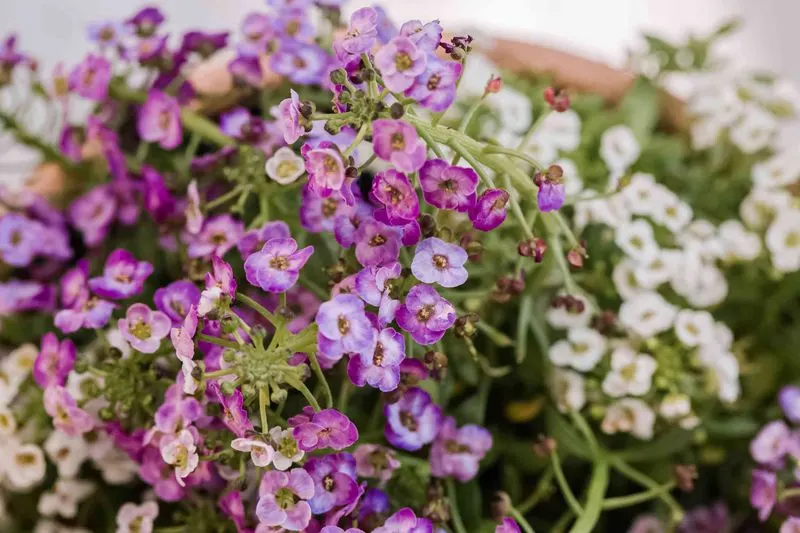
Alyssum, with its delicate flowers, is more than just a ground cover. This plant’s sweet scent attracts bees and hoverflies, which are invaluable for pollination and pest control. Hoverfly larvae feast on aphids, making alyssum a strategic plant for maintaining garden health. Its ability to spread quickly can suppress weed growth, adding another layer of utility. Alyssum’s versatility in both garden beds and containers makes it an adaptable choice for gardeners looking to maximize space and benefits.
Nasturtium
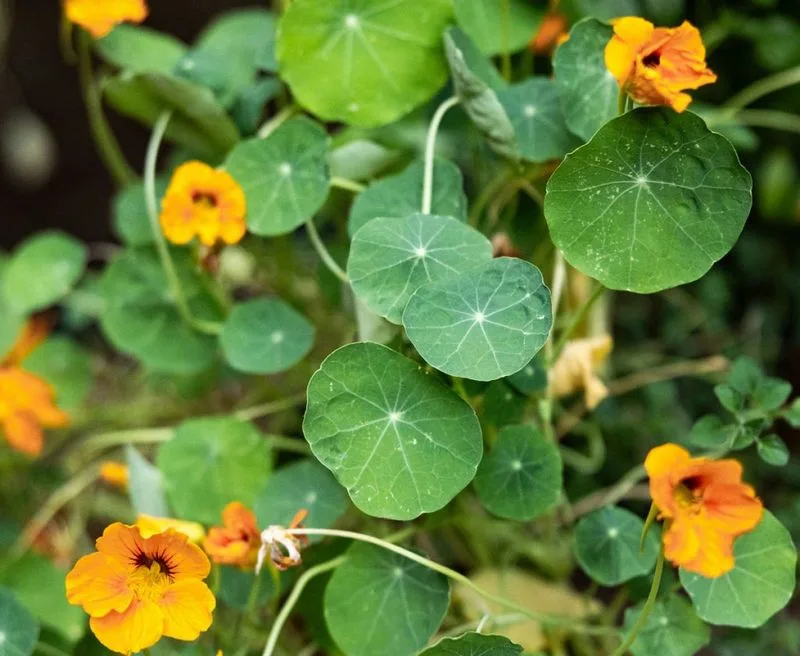
Nasturtiums, with their vibrant, peppery blooms, are a feast for the eyes and a boon for the garden. They attract aphid predators such as ladybugs and provide nectar for bees. The plant’s leaves are also edible, adding a spicy kick to salads. Nasturtiums serve as a trap crop, drawing pests away from more valuable plants. Their ability to adapt to various soil conditions and their edible nature make nasturtiums a practical addition to any garden space.
Cosmos

With their airy, delicate petals, cosmos flowers are an alluring addition to any garden. They beckon bees and butterflies with their abundant nectar, supporting pollination efforts. Cosmos also attract beneficial insects like lacewings, which help control aphid populations. These flowers thrive in poor soil conditions and require minimal water, making them an eco-friendly choice. The combination of aesthetic appeal and ecological benefits makes cosmos a favorite among gardeners aiming for sustainability.
Catnip
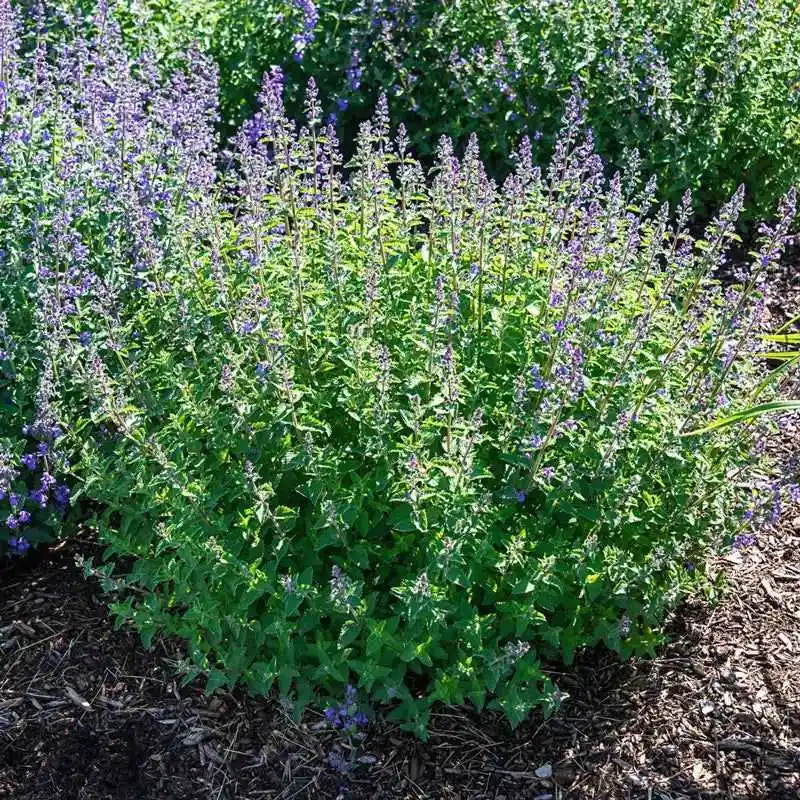
Catnip is more than just a treat for feline friends. Its clusters of small flowers attract bees, which are crucial for pollination. The plant’s strong scent can repel pests such as aphids, serving as a natural deterrent. Catnip grows well in most conditions, making it a versatile addition to any garden. Its dual role as a pest repellent and pollinator attractant, coupled with its appeal to cats, makes catnip a multifaceted and enjoyable garden companion.

